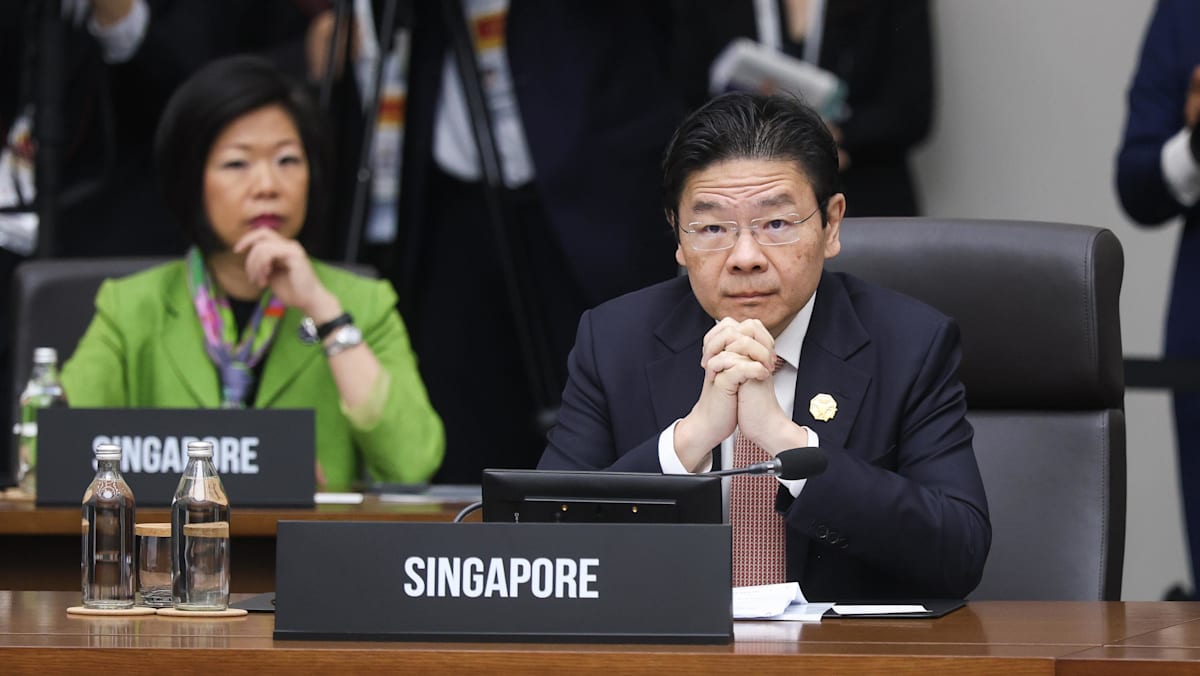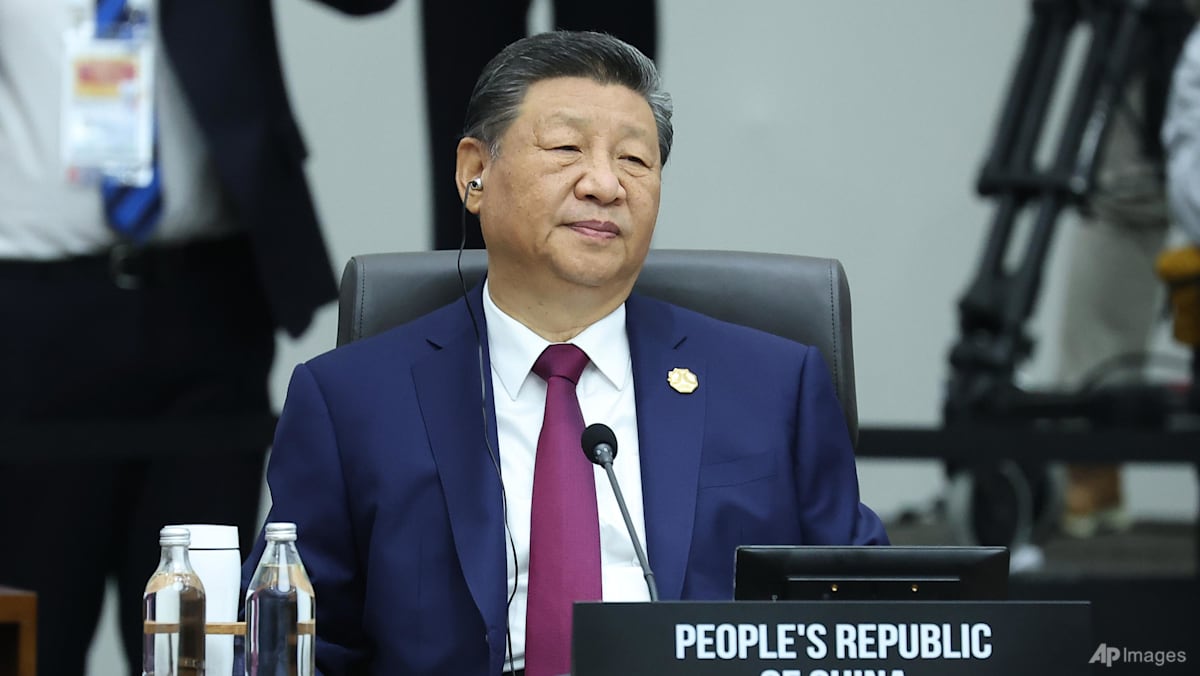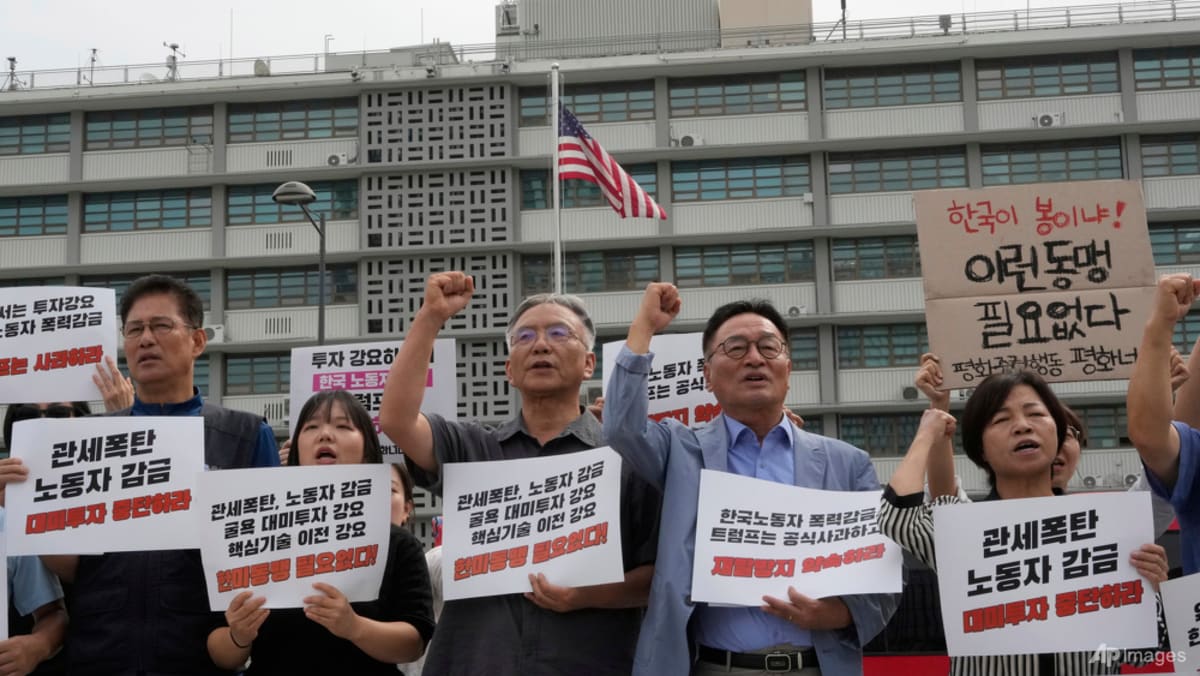WASHINGTON: President Donald Trump may see lower Federal Reserve interest rates as a fix for two politically potent problems, the cost of servicing US$36 trillion in government debt and the high cost of home ownership, but the path there may touch a third rail elected officials typically try to avoid - rising unemployment.
It is a dilemma tied to the fact that, so far, the rising import taxes and immigration crackdown imposed by Trump have been absorbed by the US and global economies with less disruption than initially feared.
There is still a risk that inflation could rise even more than it already has, and growth appears to be slowing. But talk of recession has diminished, and the jobless rate has been steady at a level the Fed regards as full employment.
The situation, Fed Chair Jerome Powell said in a press conference on Wednesday (Jul 31), has left the central bank no compelling reason to lower interest rates until something changes. Given the price pressures still building in the economy because of tariffs, the betting among economists is that a further slowdown in growth - and a related rise in unemployment - will be the likely motivation for the policy-setting Federal Open Market Committee to finally change course.
"The implication of Powell's remarks is that, if things continue to unfold as they have been - including, importantly, there being no deterioration in the labor market - the FOMC is very likely to stay on hold in September," former Fed Governor Larry Meyer wrote after this week's policy meeting concluded with the Fed's benchmark interest rate left in the 4.25 - 4.50 per cent range. "At the same time, Powell sounded far from averse to cutting rates - as long as there's a good reason to do so based on the evolution of the incoming data and outlook."
Data on Thursday showed the measure the Fed uses to set its 2 per cent inflation target ticked higher in June, with impacts from tariffs evident in several goods categories such as home furnishings and recreational equipment. The report from the Commerce Department also offered evidence that consumer spending, accounting for two-thirds of US economic activity, was softening as the second quarter ended.
"The weak handoff means that spending growth in Q3 will most likely be weaker than in Q2," Michael Pearce, deputy chief US economist at Oxford Economics, wrote in a note. "That is especially true because we think the impact of tariffs on prices is still building, which will feed through to weaker growth in real disposable incomes."
The combination of Powell's refusal on Wednesday to pre-commit to a September rate cut and Thursday's higher-than-estimated inflation readings has clouded the outlook for when the rate cuts will resume. The Fed cut its policy rate three times in 2024, with the last move having occurred in December.
CME Group's FedWatch tool now suggests the probability of a rate cut in September has dropped to just 39 per cent from greater than 60 per cent on Tuesday, before the Fed's latest two-day meeting ended, and 75 per cent a month ago.
"The above-target rise in core PCE (Personal Consumption Expenditures) prices in June, upward revisions to previous months' data and the sharp rise in core goods inflation will do little to ease the Fed's concerns about tariff-driven inflation," said Harry Chambers, an assistant economist at Capital Economics. "If these pressures persist, as we expect, a September cut looks unlikely."
David Mericle, chief US economist at Goldman Sachs, however, sees a case remaining for a cut in September, although Powell's comments on Wednesday indicate a reduction "is certainly up for debate."
"We continue to see multiple paths to a possible September cut - underwhelming tariff effects, meaningful disinflationary offsets from other forces, and either genuine labour market softness or a scare from month-to-month volatility," Mericle said.


















































